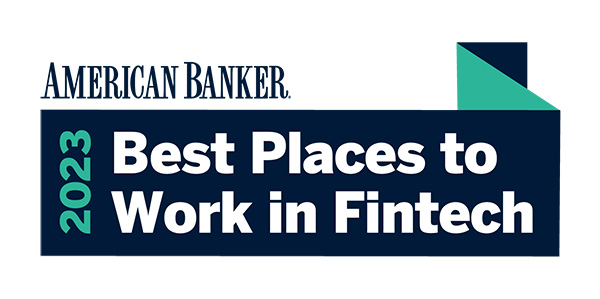Open banking platforms are changing the financial landscape as we know it. We’ve written a lot about this. Last year alone, the U.S. and Canada produced nearly 300 new API banking platforms.
With the continued push for open APIs, financial institutions are turning to fintech partnerships for help. They’re looking for innovative fintech products to deliver improved banking experiences, new digital business models, and expanded revenue streams.
With more traditional banks diving into financial technology – and more fintech companies entering the market – we think there are a few things you should consider before building an open API.
Start with identifying your target market
Business objectives are the cornerstone of a good API strategy, and the best way to build that cornerstone is to understand the expectations and business needs of your target audience.
If your target audience is a community bank, they may have internal needs and external needs. Employees may be struggling with cumbersome manual processes. Customers may be frustrated by long approval wait times. When you know your target stakeholders inside and out, you can develop a strategy to solve their problems.
Decide what technology to use.
Once you’ve identified your customers’ business needs, it’s time to turn your attention to what technology to use. To use the roadmap analogy – you’ve identified your destination, and now you’re looking for the best route forward.
What will best help you meet your customers’ goals? Maybe there’s a product already on the market that will get you 80% of the way there, and you can build on it. Or maybe a custom solution will be the best route to help close the gaps you’ve identified.
As you craft your integration strategy, take a thorough inventory of existing technology and solutions.
-
Are there any products on the market that fill this gap?
-
What are the limitations of those existing products?
-
Is there open-source software that solves my problem?
-
What’s the cost/value of build as opposed to buy/integrate?
Build vs. buy
Once you determine which technology to use, you need to decide whether to build a solution or purchase an existing one. You’ll want to consider the cost, maintenance, and scalability of the solution.
In-house or partner resources
One of the biggest decisions a fintech faces is whether to resource an API integration with in-house talent or find a developer partner. Finding an API developer to suit your unique needs, timing, and budget can be a challenge, but there are resources available to help.
If you’re considering outsourcing, here are our top five qualities to consider as you search for a partner:
-
Extensive experience with open APIs. This is a must-have because it streamlines timelines and allows for easier, faster extensions and custom development.
-
Leverages modern tech AND knows what’s tried & true. You want someone who’s up-to-date on the current options in the industry and knows what’s out there. You also want a partner who knows what works and isn’t going to waste your time rebuilding the wheel.
-
Works with you to provide SLAs that fully define and outline expectations, including work product guarantees, processes, and support. You want a partner who is committed to hitting milestones, builds strong, collaborative relationships, and uses consistent processes. Every project has a plot twist or two. But a good partner works to minimize surprises as much as possible.
-
Keeps good API usage metrics top of mind:
-
Availability
-
Scalability
-
Consumption
-
Latency
-
Response Rate
-
Easy to work with and adds value.
You always want to get references and make time to have conversations with potential partners. Your effort will pay off in the results.
Whether you want to dive into API development on your own, augment your team, or outsource to a trusted partner, if you need a reliable sounding board in the process, we’re here to help.
Wrestling with your API integration development? We can help.






